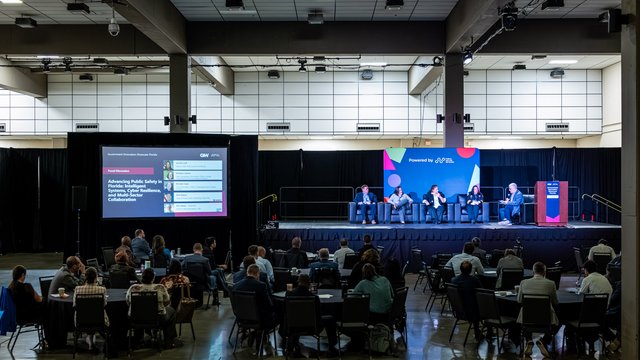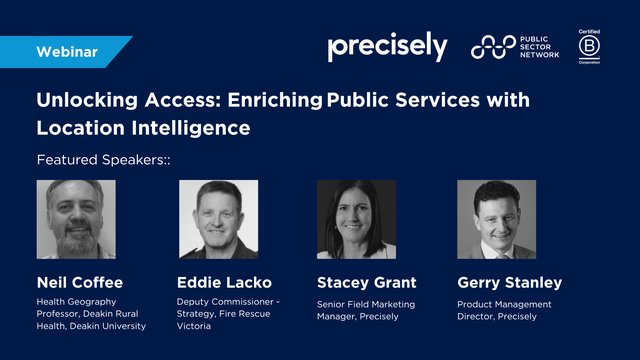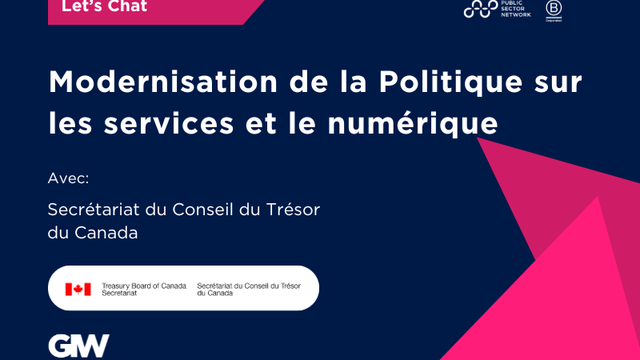

Teresa Scott, Executive Director, APCC
Teresa Scott has been very busy the last twelve months. At the tail end of 2023, she delivered the publication of the Pathway to Green Construction Procurement, an imperative for Australian and New Zealand construction procurement and the culmination of years of work.
As the Executive Director of the Australasian Procurement and Construction Council (APCC), Teresa is responsible for bringing together 294 agencies across ten jurisdictions. She takes responsibility for ensuring activities, initiatives and projects benefit members, public sector procurement, suppliers and, of course, the public. It takes a strategist with a real passion for systems thinking to coordinate, motivate and satisfy this many stakeholders.
We sat down with Teresa to understand how she works alongside a council of Chief Executives to ensure procurement and construction practices lean into value-for-money outcomes that include transparency, accountability, and fosters public trust in government spending.
Jordan Mullins, Head of Editorial, PSN: Teresa, describe your work with the APCC.
Teresa Scott, Executive Director, Australasian Procurement and Construction Council:
I curate and enable the coming together of 294 agencies across 10 jurisdictions so they can collaborate to lead and improve public sector procurement and construction.
What challenges have you chosen to focus on?
The greatest challenge I face is achieving consistency in member governments’ approaches to construction and procurement, in collaboration with suppliers. We have suppliers that work across multiple jurisdictions and work with governments that have different procurement approaches and practices. Consistency is key to driving efficiencies and reducing the cost of doing business with government, benefiting both government and industry.
It's akin to assembling a puzzle with 294 mismatched pieces. They don't fit together, and they never will, so I can never get a perfect fit, but I must look at the challenge and then come up with the most appropriate solution that meets members expectations and advances the broader goals of public procurement. But in saying it's a challenge, it also fuels my passion and vision.
What is it about this job that keeps you motivated and passionate?
Public procurement plays a really big role in the economy of Australia and New Zealand. It really does. It comprises about 16% of GDP and about 40% of agency expenditure, so it's not insignificant.
This significant expenditure can fulfill a wide range of government objectives, not just service delivery itself, but also influence social, economic and environmental outcomes. We are witnessing governments using its spend very seriously to achieve these broader outcomes.
By bringing 10 jurisdictions together, we are maximising the impact of every dollar of that procurement spend, and achieving optimal results that benefits people, places and the planet.
How would you describe your career path that brought you to this point?
I began my career in finance and then I progressed through roles in project management, then program management before becoming an Executive Director. My journey might seem conventional, but it wasn't meticulously planned. Instead, I followed my natural strengths and comforts. At the same time, I reflected on my weaknesses and tended to move towards what was natural for me.
I found over my career that I was naturally drawn to strategic planning, business management, problem solving and systems thinking. I believe it's these problem solving skills and system thinking approach that landed me where I am today.
What skillset did you hone to prepare for your current role?
My ability to see the bigger picture, analyse challenges, and imagine solutions has been invaluable.
This skill allows me to identify problem statements and lead others toward solutions. It's important to note that it's often not my ideas, and definitely never alone, that solve the problem, but my ability to empower and inspire others to generate innovative ideas. I don't think that came naturally in the beginning. I had to work at that and actively take myself out of the detail, particularly at the initial stages. Part of my strength is to empower others and motivate others so that we can bring the initiative to fruition. It doesn't matter where those good ideas come from, as long as they’re realised.
What are you most proud of accomplishing in the last 12 months?
It was a publication that was released in 2023 and it was called the “Pathway to Green Construction Procurement”. This is an Australasian First strategy.
There was an imperative to support public sector procurement, to address construction in a more environmentally friendly way. As governments accelerate their efforts towards emission reductions, it's critical for us to embed carbon reduction, circular economy principles, waste management, energy efficiency into construction procurement.
This pathway equips procurement practitioners with the tools and the guidance to navigate the vast complexities of public sector construction. To achieve this, I harnessed the collective expertise and wisdom of many, presenting that expertise in a format that procurement practitioners can use.
So for me, in my own small way, I have contributed to minimising climate change.
How did you get your team and the senior leadership of so many different organizations all engaged with this initiative?
My secret to getting others excited about an initiative is about building it collaboratively.
It’s about taking the spark of an idea and nurturing that through numerous conversations so that it grows organically from this collaboration. By doing that, It's crucial to clarify early on what success means for individual members and for public procurement as a whole. When members can see the benefits for themselves, they get excited, and that's when we achieve buy-in.
To maintain momentum within my team, I consistently emphasise the 'why' behind our efforts. I remind them of the impact our initiative will have once completed—how it will advance public procurement and make a meaningful difference to the procurement outcome. By highlighting how their work contributes to enhancing value-for-money outcomes, I keep the team motivated and focused on the broader significance of their contributions.
You mentioned the importance procurement has to the public sector. What is the number one skill that every single person in the public sector should be developing?
The word agility immediately pops into my head.
It’s critical for the public sector, particularly in procurement, to adapt to rapidly changing circumstances and emerging needs.
It allows governments to respond swiftly to crises, leverage new technologies, and implement innovative solutions. Agility in procurement is necessary as we work with industry to deliver a service because it allows for seamless collaboration and adaptability in the face of changing market conditions and technological advancements. An agile approach enables governments to quickly incorporate feedback from industry partners, adjust strategies, and implement innovative solutions that meet the evolving needs of the public. This flexibility fosters stronger partnerships with suppliers and contractors, enhancing the ability to deliver high-quality services efficiently.
All of the work that you've described so far, it sounds like you're used to dealing with complex long-term projects. How do you measure success in that context?
We embed the measures for success up front. They're called out at the concept briefing stage, as is the problem statement. What does success look like and how do we measure that success? You might have to amend as you go because you obtain new information that you didn't have at the outset, but that’s why it’s important to be agile. You also want to look at what the objectives are and make sure that your success measures match and align with your objectives.
I always want to look at who the procurement is benefitting. I include measures that monitor the benefit to members, to the broader procurement function, to suppliers, and of course, to the taxpayers.
This leads me to my last question, and it feeds nicely into everything you've been talking about so far. How do you decide if a project will benefit the public?
This is a great question because good procurement benefits the public. Procurement is there to provide a service to the public, so all procurement and all the activities that the APCC do should benefit the public. This can be accomplished through the efficient use of resources, ensuring that high quality goods and services are delivered at the best possible value.
Good procurement promotes transparency, accountability, and fosters public trust in government spending. That coupled together with the social, environmental and economic outcomes that are now built into the value for money outcome equation of public procurement. The aim is to ultimately enhance the life of citizen across Australian and New Zealand.
This is about high-quality public outcomes, so to answer the question, it's embedded in our thinking around excellence in procurement and APCC is all about driving excellence in public sector procurement.

































